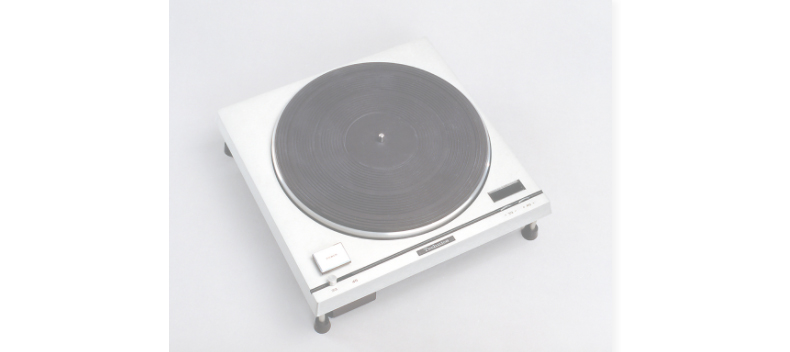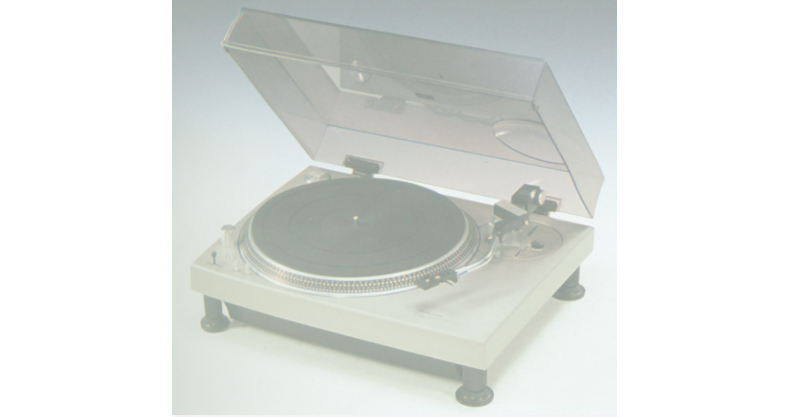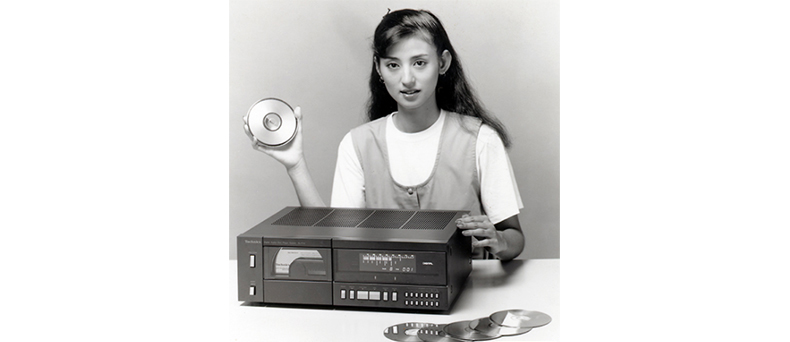10 pivotal products: Panasonic at 100 years old
Today marks Panasonic's 100th birthday - so we're having a glance at 10 products that defined the company's place at the heart of the consumer electronics industry...

Of course, Panasonic Corporation (formerly National Panasonic Corporation and even more formerly Matsushita Electric Industrial Corporation) is a multi-discipline electronics company. Its interest in battery technology, for instance (Panasonic currently supplies all the very many batteries needed by Tesla Inc), began as early as 1923 when it introduced a bicycle lamp with a 30-hour battery life - 10 times that of its rivals.
But here we're concentrating on 10 products that shaped the way we experience home entertainment in all its many forms - and wishing Panasonic Corporation many happy returns while we're at it.
Two-way socket (1918)

At the time Konosuke Matsushita was founding the company that would become Panasonic, the majority of Japanese homes had just one power outlet. An attachment that doubled the socket count - so a home could run two electric lamps at once - proved wildly popular and became the foundation upon which a multinational was built.
Panasonic R-31 'Prizewinner' (1931)

The prototype R-31 won a contest sponsored by Tokyo Public Broadcasting (later to become NHK, the Japan Broadcasting Corporation), so this elegant and wood-heavy three-valve radio was known as 'Prizewinner' when it went on general sale.
Panasonic 17K-531 (1952)

Panasonic's first commercially available TV was this 17in black and white model, and it went on sale a year before TV broadcasting began in Japan.
So Panasonic was asking quite a lot of Japan's early adopters, we reckon.
Technics EAB-1204 (1965)

The EAB-1204 – also referred to as Technics 1 – was the first model to use the Technics brand name.
The latest hi-fi, home cinema and tech news, reviews, buying advice and deals, direct to your inbox.
These compact speakers featured a sealed two-way design made up of a woofer and horn tweeter unit. The former was designed to produce excellent bass, the latter considered capable of flat reproduction up to ultra-high frequencies - the two combined to create a rich sound.
Later renamed as the SB-1024, these speakers are considered to be the pillar upon which the Technics brand was built.
Technics SP-10 (1970)

The Technics brand's SP-10 was the first turntable to utilise a direct drive motor.
Standard belt-drive motors often led to vibration and rotation irregularity. Not so the SP-10. The direct drive motor ensured rotational accuracy was high, with minimal noise and mechanical vibration.
The SP-10s was an award-winning deck that was used by broadcasters around the world, including the BBC.
Technics SL-1200 (1972)

The SL-1200 was the first 'standard' Technics turntable to use direct drive and it stayed in production for almost 40 years, establishing a reputation for amazing sound quality, strong torque and high durability - three qualities that made it a familiar sight in nightclubs around the world.
It was constantly tweaked during its lifetime but was discontinued in 2010. That decision that was soon reversed - it was revived in 2014. And lately has been succeeded by the SL-1200G.
Panasonic NV-880 (1977)

With VHS and Betamax embroiled in a fierce fight to become the de facto home video standard (and we all know who won that), Panasonic decided to plant its flag in the corner of VHS.
Nicknamed the "Mac Lord", this video recorder had a clear and sharp image (for its time) and was able to boast a 4 hour recording capacity - twice as much as previous efforts.
Why four hours? Why, to meet the desire of consumers to record full-length broadcasts of the NFL, of course.
Technics SL-P10 (1982)

Panasonic made its first foray into the CD market with the Technics-branded SL-P10.
It was said to be 'multifunctional' and 'compact', though we wouldn't say it looked particularly small (frankly looks like a behemoth).
To its credit, it was a product that was easy of use despite its size. And we love the slot-loading arrangement.
Panasonic DVD-A100 (1996)

Another world's-first here, as Panasonic used its twin focus pick-up technology to deliver the first DVD player. It was compatible with CDs and video CDs too - and the more expensive DVD-A300 variant included Dolby Digital AC-3 surround sound decoding too.
And so an entire continent's preoccupation with home theatre was given high-performing and affordable impetus.
Panasonic Viera (2003)

Panasonic christened its first range of flatscreen TVs 'Viera', and it's a piece of branding that's survived for the last 15 years.
Available as LCD or plasma screens, depending on the size, Viera ushered in all sorts of newfangled developments (such as an on-screen TV guide) and paved the way for Panasonic's periodically outstanding flatscreen TV ranges.
Simon Lucas is a freelance technology journalist and consultant, with particular emphasis on the audio/video aspects of home entertainment. Before embracing the carefree life of the freelancer, he was editor of What Hi-Fi? – since then, he's written for titles such as GQ, Metro, The Guardian and Stuff, among many others.
